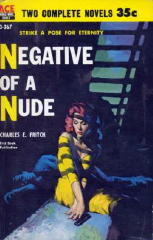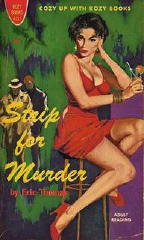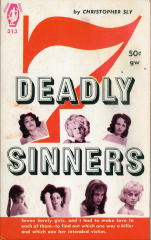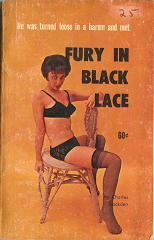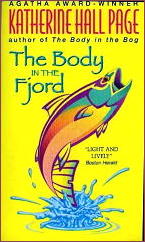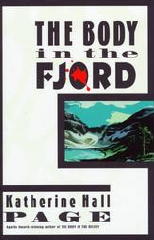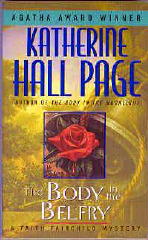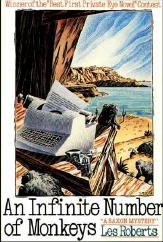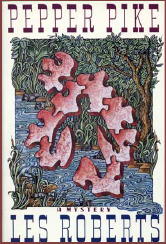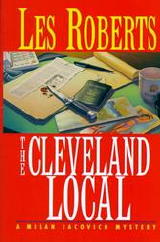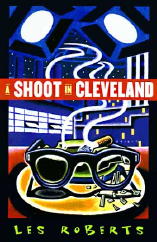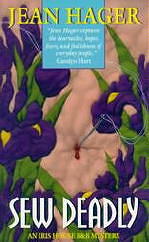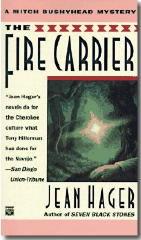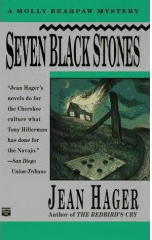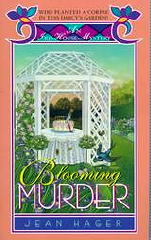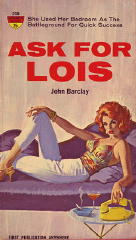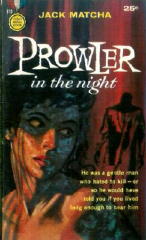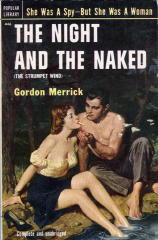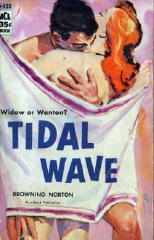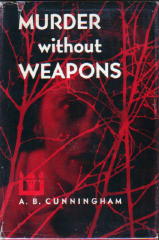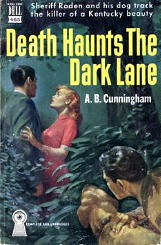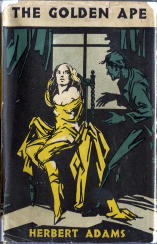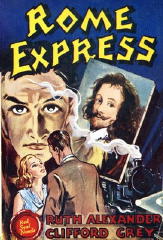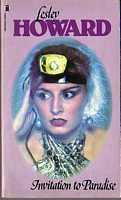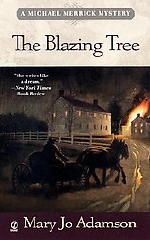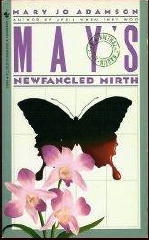Sat 22 Mar 2008
Addenda to CRIME FICTION IV – Misc. Authors from Part 25.
Posted by Steve under Authors , Crime Fiction IVNo Comments
I spent part of this afternoon annotating the following authors’ entries in Part 25 of the online Addenda to Crime Fiction IV, by Allen J. Hubin. Looking over the list after I was done, the only connecting feature these authors have in common is that they are in this blog post, and nothing else at all.
LEITE, GEORGE THURSTON. 1920-1985. Joint pseudonym with Jody Scott, 1923-2007: Scott Thurston, qq.v. Under this pen name the co-author of one crime novel included in the (Revised) Crime Fiction IV. Owner of Daliel’s Bookstore in Berkeley, editor of Circle Magazine, and a long-time publisher.
RICH, A(RTHUR) T. [Show byline thus.] Author of one detective novel included in the (Revised) Crime Fiction IV. See below.
The Curate Finds the Corpse. Bear Hudson, UK, pb, 1945. Setting: England.
SCOTT, AMANDA. Add as a new author entry. Pseudonym of Lynne Scott-Drennan, 1944- , q.v. Under this pen name, the author of some 40 romance novels, many of them Regencies. The titles below appear to have at least marginal crime content.
-The Bawdy Bride. Pinnacle, pb, 1996. Setting: England, 1800s. [Who is responsible for the mysterious events at Lord St. Ledgers’s ancestral estate – including the suspicious death of his brother, the duke?]
-Dangerous Angels. Pinnacle, 1997. Setting: England, 1829. SC: Lady Letitia Deverill, in a non-leading role.
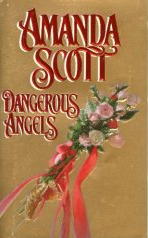
-Dangerous Lady. Zebra, pb, 1999. Setting: London, 1800s. SC: Lady Letitia Deverill. [Letty discovers a plot to assassinate the Queen Victoria.]
SCOTT, JODY. 1923-2007. Add year of death. Full name: Jody Hugelot Scott Wood. Born Joann Margaret Huguelet. “Mr. Scott came later closely followed by Mr. Wood.” Joint pseudonym with George Thurston Leite: Thurston Scott, qq.v. Under her own name, the author of two sf/fantasy novels, Passing for Human and I, Vampire.
SCOTT, THURSTON. Joint pseudonym of George Thurston Leite & Jody Scott, 1923-2007, qq.v. Correct full name of the latter to Jody Huguelet Scott Wood, q.v., and add year of death. Under this pen name the author of one crime novel included in the (Revised) Crime Fiction IV. See below.
Cure It with Honey. Harper & Bros., hc, 1951. Setting: California. Also published as: I’ll Get Mine (Popular Library, 1952). [Confirm this later retitling.]
_I’ll Get Mine. Popular Library, pb, 1952. See: Cure It with Honey (Harper, 1951). “She loved men, money and marijuana.”
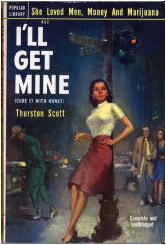
SCOTT-DRENNAN, LYNNE. 1944- . Pseudonym: Amanda Scott, q.v. Born and currently living in California, prolific writer of romance fiction, under both her own name and her pen name.
WOOD, JODY HUGUELET SCOTT. See Jody Scott.
